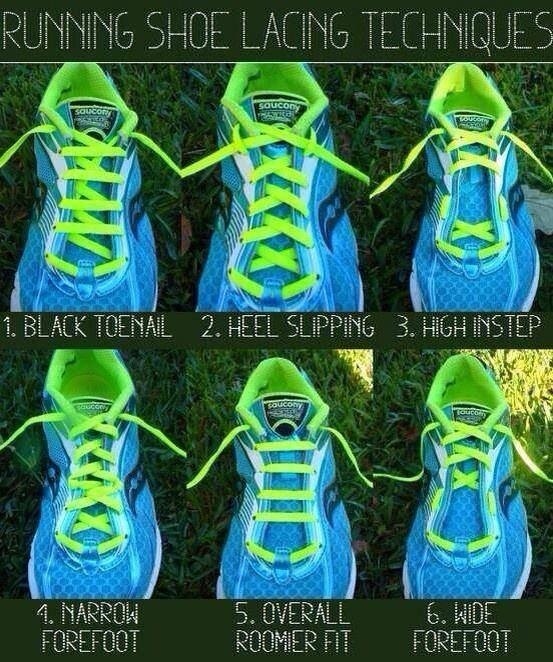- Messages
- 20,396
- Name
- Simon
- Edit My Images
- Yes
Thought I would see how many runners are on here and pick any tips, because i have done something very silly!!!
Yes, the most I have run is 3 miles and i have a half marathon at the end of Feb to look forward to (Cambridge Half). In fact, the 3 miles was a while back, just ran out of time so let that slip so getting myself back into it now. One issue I am having is that my trainers hurt my foot arch (instep?). I got these a couple of years ago after going on one of those machines that they film you on to make sure they work with your style. After about half a mile I can feel an ache, is that just the fact I am unfit?
Yes, the most I have run is 3 miles and i have a half marathon at the end of Feb to look forward to (Cambridge Half). In fact, the 3 miles was a while back, just ran out of time so let that slip so getting myself back into it now. One issue I am having is that my trainers hurt my foot arch (instep?). I got these a couple of years ago after going on one of those machines that they film you on to make sure they work with your style. After about half a mile I can feel an ache, is that just the fact I am unfit?



